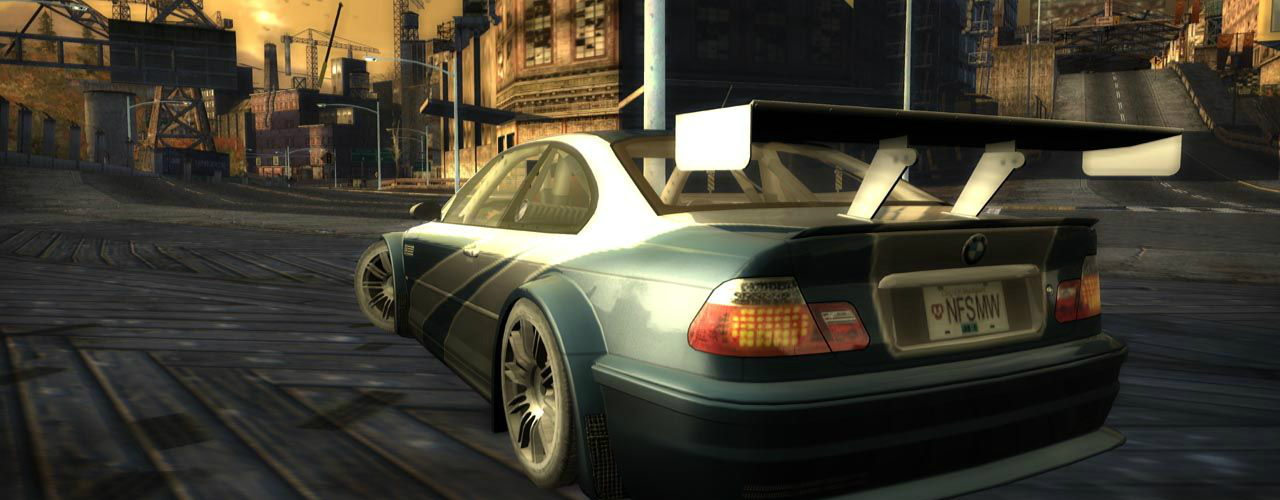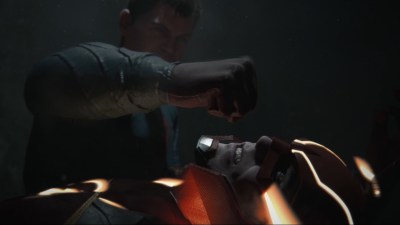I learned to drive in a video game. That shouldn’t seem so surprising in this day and age—with more people moving to the cities, and the ever-lingering threat of climate change, car enthusiasts have become something of a subculture. At age 14, though, when my only experience behind the wheel was popping the clutch of my father’s VW in a church parking lot, games like Need For Speed: Most Wanted gave me some of the thrill of driving, albeit without the real world consequences—death, maiming, or hiked insurance rates, to name but a few. It left at least one significant impression on me- for years, I was convinced cars were uncontrollable beasts that would go into a four-wheel drift every time you so much as looked at a corner.
Eight years, two cars, one motorcycle, and a car-wreck later, I’ve had my share of time in the driver’s seat of a real car. A week ago, I felt some inexplicable urge to see how NFS stacked up against my youthful memories of terrorizing Rockport in a lowered Mustang. So on impulse I dug my copy out of a box in the attic, booted up the save file I created back in 2006 (dear God, really?), and cranked up the Rap-Rock.
First impression—how was I ever any good at this game? Even with the cars I had modified extensively in-game all those years ago, the handling was still all over the road. Even on Rockport’s highways, which have far more open sections and fewer hairpin turns, it was all I could do to keep my wheels in either traffic lane.
On tighter roads with narrow intersections, you really have to engage the slow motion “concentration” mode to drift through the corner, then punch the boost on the way out. It feels very bullet-time (remember, this is a game released in 2005), but it really pulls you out of the experience. I felt less like a badass street racer, and more like the game had simply slapped some training wheels on and called it a day.
I’ll admit, I’m not the best videogame driver. Ok, I’m not even a great driver in a real car. But I’d like to think that at least some of my issues with the original Most Wanted were due to the game mechanics, and not just my lead foot. Indeed, Most Wanted suffers from one of the worst deadly sins of video-game design - the second you hit an immovable physical object in the game, you come to a complete standstill. That’s especially bad if you’re in the midst of a high-speed pursuit, as a legion of police-cruisers will immediately box you in to drag you off to the big house.
The plot of Most Wanted (such as it is) is actually pretty straightforward. You play as a nameless, faceless racer who shows up in Rockport, and immediately begins racking up wins on the underground race-circuit with a heavily modified BMW. When you go up against “Razor” Callahan, however, your engine detonates halfway through the race, leaving you stranded by the road to be picked up by Rockport’s finest.
After getting bailed out by the enigmatic Mia, who explains that Razor now stands at the head of the “blacklist” of top street racers in Rockport City, you spend the rest of the game fighting your way back to the top, determined to reclaim your ride and reputation.
A funny thing happened while I was playing—I lost all sympathy towards the un-named, faceless protagonist that I was supposed to be directing around underground street-races. Even as I punched down on the boost to plow through a narrow opening between a logging truck and an SUV, I couldn’t help but feel a little self-conscious. It was probably one of the first times a game actually made me feel like the villain, and not in the gleeful, mayhem loving way, either.
Maybe I’ve grown old and curmudgeonly in the years since. Call it the influence of driver’s ed, but I honestly just felt reckless. The lack of control over your own car only compounds that—outrunning the cops to hide away in a safe house feels more like an act of dumb luck than genuine skill. More relief than reward.
Oh sure, a lot of games feature wonderfully unsympathetic protagonists—the Grand Theft Auto series built its reputation for wanton destruction on the idea that if you put the player in the shoes of a sinner, they’ll blow up a cop-car with an RPG within the first five minutes. Booker Dewitt from Bioshock Infinite certainly won’t be winning any model citizen awards.
Of course, driving games are meant to be fun—it’s worth remembering that so many of them owe their very existence to Mario Kart, after all. And I have just as many fond memories of causing unparalleled mayhem in the Burnout series as I do drifting in Most Wanted.
The key difference is that Need For Speed: Most Wanted takes itself entirely too seriously. From the brand tie-ins, to the live-action warning to “drive safe and wear a seatbelt” on the main menu, you get the uneasy feeling that the whole game was created to punch into a subculture created by the Fast and the Furious films.
Some games grow up with you. I’m amazed how I can still find new meanings in Half Life 2 nearly a decade on; and on the opposite end of the spectrum, Mario Kart has an unkillable appeal even today. EA’s Need For Speed: Most Wanted, sadly, remains firmly entrenched in 2005. Don’t get me wrong—sweet drifts and slapping decaled body-kits on digital cars is still plenty of fun. Only now it feels like a guilty pleasure, a trip down memory lane that reminds me “Yep, this was once really cool.”
Maybe that’s the definition of growing up.


